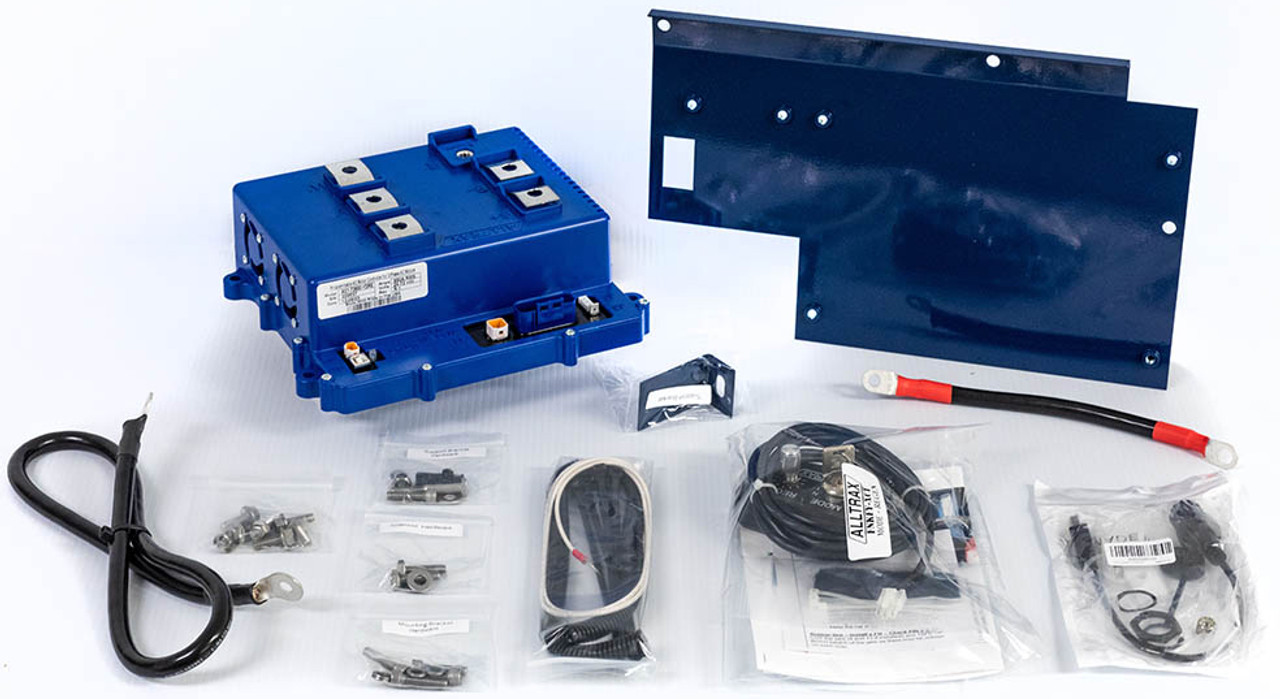
7 Warning Signs You’re Practicing Golf All Wrong (and How to Fix Them)
Practice should lower scores—not raise frustration. If your range sessions feel busy but unproductive, you may be reinforcing the wrong habits. Use these seven warning signs (with fixes) to turn practice time into real on-course results.
1) You Experience Pain During or After Practice
Golf practice shouldn’t hurt. Persistent back, shoulder, wrist, or elbow pain is a signal—not a badge of effort.
- Fix it: Warm up for 5–8 minutes (hips, T-spine, wrists). Start with half-swings and build speed gradually.
- Volume control: Break buckets into sets (10–12 balls), with 60–90 seconds of rest and light mobility between.
- When in doubt: Stop and assess. Pain means adjust mechanics, load, or both.
2) You Have No Clear Focus
Mindless ball beating is exercise, not skill building. Without a target and purpose, you won’t transfer gains to the course.
- Fix it: Define one primary goal per session (e.g., start line, strike, trajectory).
- Target every shot: Pick a flag, pole, or intermediate spot. Call the shot before you swing.
- End with pressure: Three-ball challenge to a narrow target; keep score.
3) Your Stats Aren’t Improving
If fairways hit, GIR, up-and-down %, and putts per round aren’t budging, your practice isn’t aligned with performance.
- Fix it: Track three metrics for 4–5 rounds (e.g., first-putt distance, approach leave short/long, penalties).
- Aim small: Chase 1–2 measurable gains (e.g., reduce three-putts by two per round).
- Shift reps: Allocate more time where strokes are leaking (often wedges & lag putting).
4) Your Swing Mechanics Don’t Show Progress
If video from month to month looks identical, you’re rehearsing comfort—not change.
- Fix it: Film face-on and down-the-line monthly. Compare one checkpoint (e.g., shaft at lead arm parallel).
- Slow it down: Use slow-motion and blocked practice (reps with feedback), then blend into random targets.
- One cue at a time: Replace vague thoughts with a single, physical feel.
5) Your Mental Game Is Slipping
Increasing frustration, low confidence, and negative self-talk often mean you’re over-training or practicing chaos.
- Fix it: Take 3–7 days off from full-swing volume. Do light putting and wedge work only.
- Routine reps: Build a 20–25 second pre-shot routine and use it for every range ball.
- Language audit: Swap “don’t slice this” for “start it at the right edge with a soft fade.”
6) Scores Are Stagnant (or Getting Worse)
Implementing a change can temporarily raise scores, but not forever. If months pass with no improvement, pivot.
- Fix it: Separate training (mechanics) from scoring (shot-making). Don’t mix feels when you’re trying to post a number.
- Tee selection: Choose tees that fit your carry distances to keep confidence and data honest.
- Review rounds: Identify the 3–4 swings or decisions costing the most strokes and practice those situations.
7) You’re Not Enjoying Practice Anymore
Boredom kills consistency. If every session feels the same, motivation fades—and so do results.
- Fix it: Add variety: randomize clubs/targets, play “virtual holes,” or set skills games (ladder wedges, fairway window tests).
- Short & sharp: Cap sessions at 45–60 minutes; leave on a win.
- Find a partner: Friendly competitions add focus and fun.
A Simple, High-Yield Practice Plan (45–60 Minutes)
- Warm-up (5–8 min): Mobility + 10 half-swings with a wedge for centered contact.
- Wedges (12–15 min): Three distances (e.g., 40/60/80 yds), 6–8 balls each; land-zone focus.
- Irons/Hybrids (12–15 min): Alternate targets; alignment stick on the ground; 70–80% effort.
- Driver (8–10 min): Two-ball sets with full routine; quality over quantity.
- Pressure Finisher (5–7 min): Simulate a hole: driver to fairway window → approach to green target → a 30–40 yd pitch to a landing spot.
Quick Fix Checklist
- ☑ One session goal, one swing cue.
- ☑ Target picked before every swing.
- ☑ Alignment stick down for aim/ball position.
- ☑ Track three stats for five rounds.
- ☑ End with a pressure game and write the score.
Stop practicing on autopilot and start practicing on purpose. Protect your body, narrow your focus, measure what matters, and bring pressure into the range. The course will notice.





Add a review
Your email address will not be published. Required fields are marked *